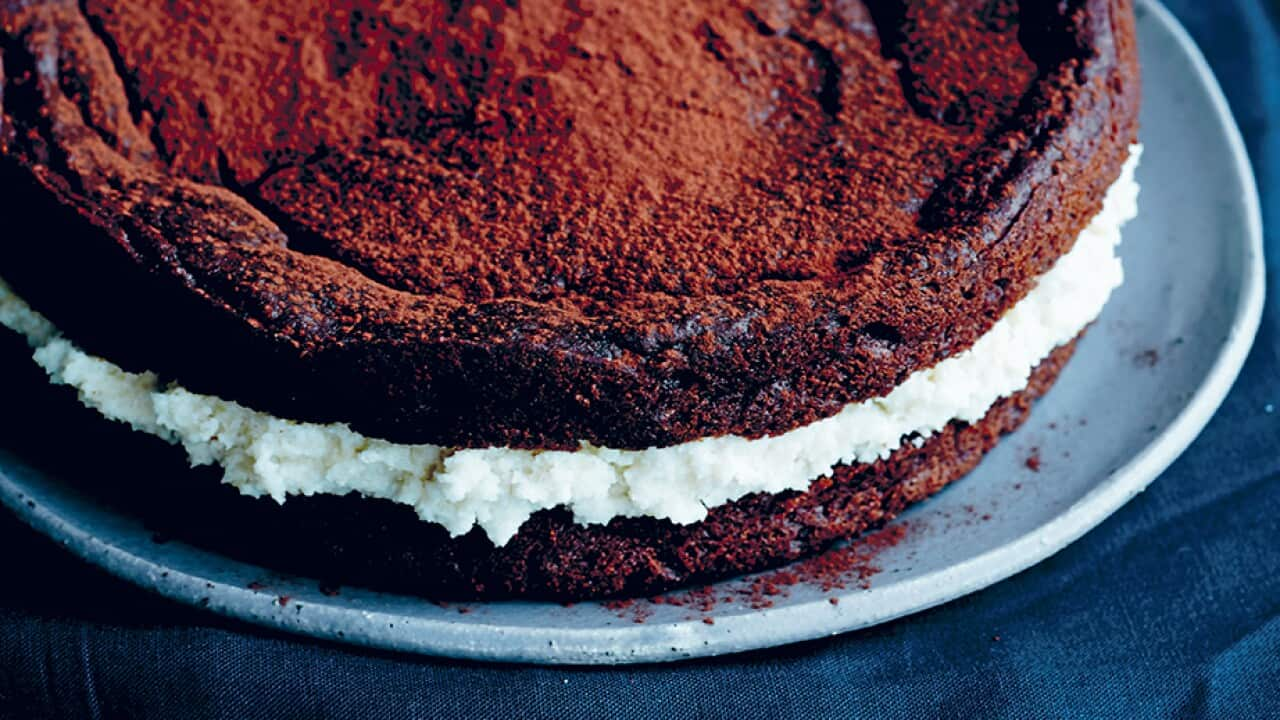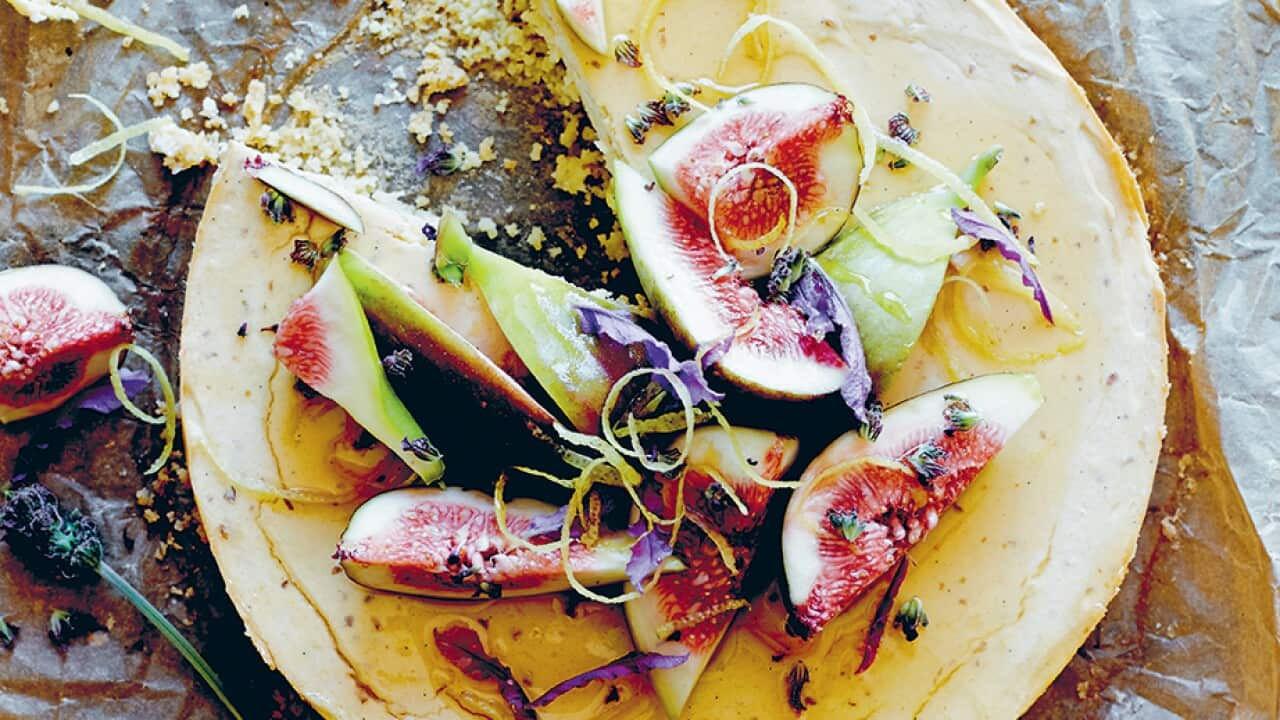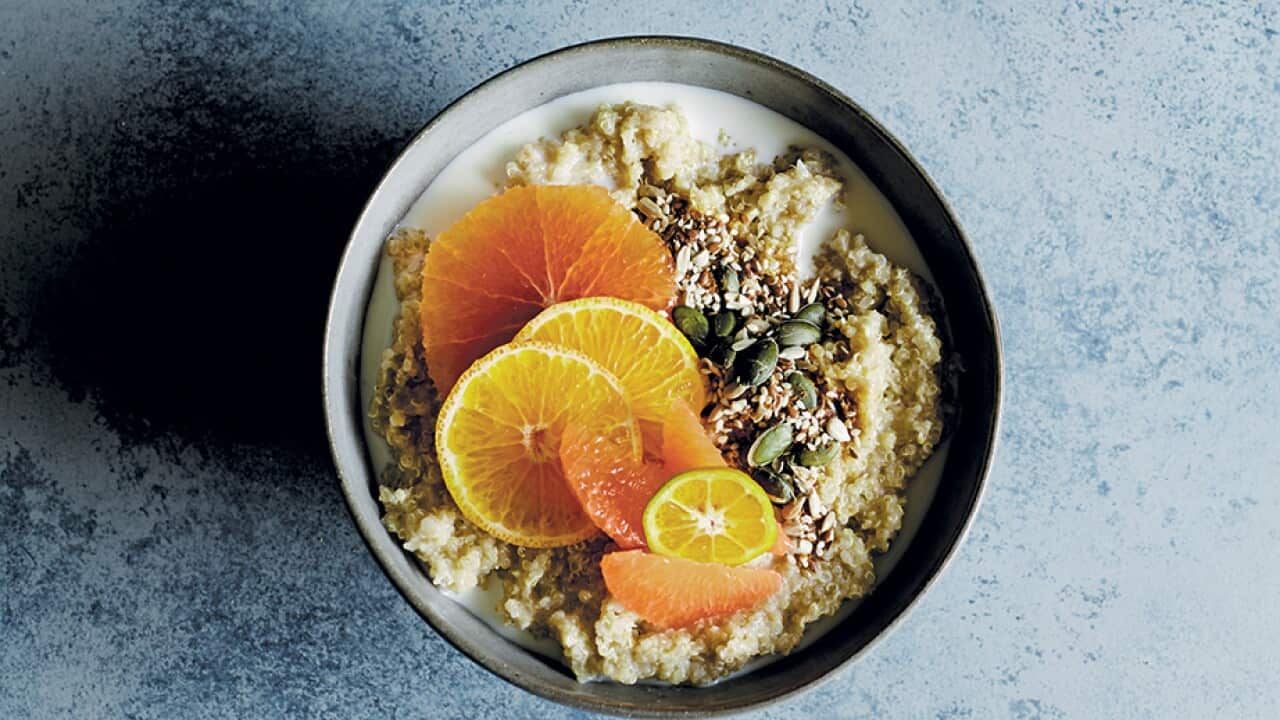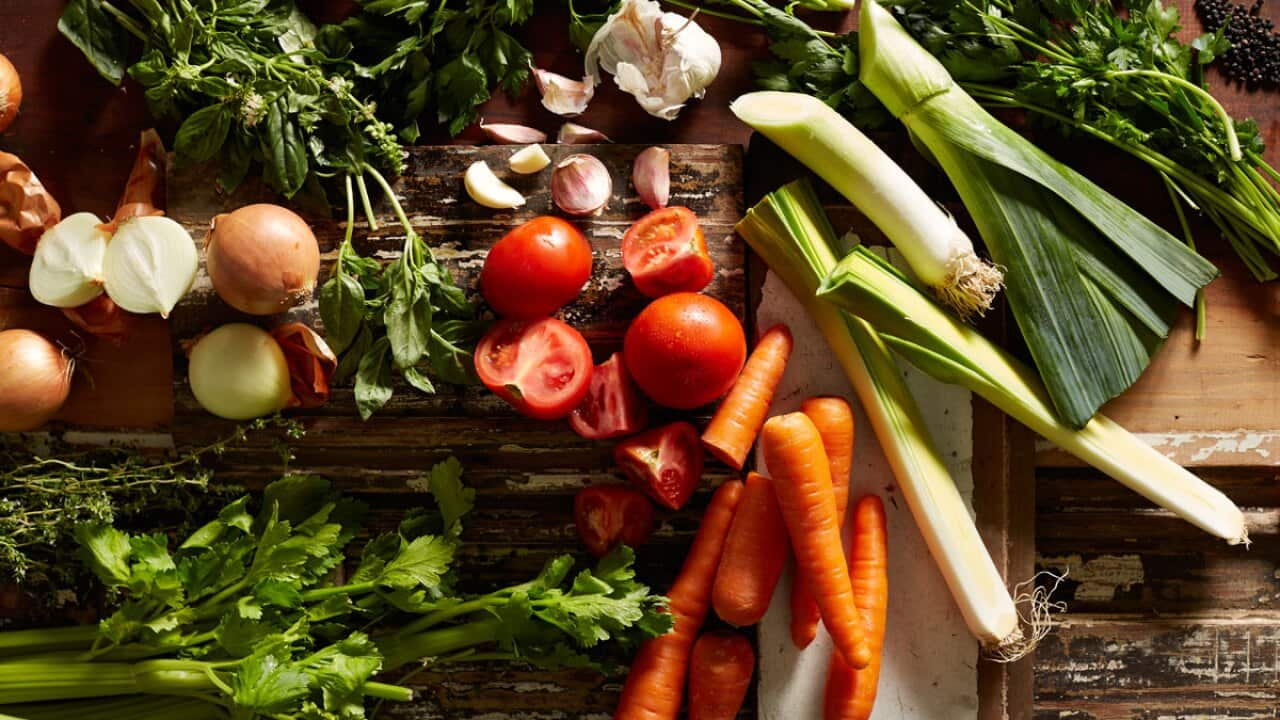With so many ingredients and flavourings in the market, it's hard to know exactly what's gluten-free and what's not. So we've put together a list of seven common (maybe even surprising!) ingredients that contain gluten, and how you can make a few simple substitutions to turn just about any recipe into something you can feed your gluten-intolerant loved ones.
Flour
Flour is the first ingredient that anyone mentions the moment talk of gluten comes up. Gluten is a protein that gives flour its binding structure (those beautiful air pockets in bread, anyone?), and it can seem hard ingredient to substitute. , and are all fantastic options, especially when making soft pastries and cakes (pancakes, anyone?) that don't require the binding strength of wheat flour. Just remember to read the ingredient list: some ground flours can contain anti-caking agents that have gluten. Or even better: grind the flours yourself!

When using a number of different flours in the one recipe, always sift them together. Source: Alan Benson
READ MORE

Almond and banana pancakes
Soy sauce
A staple of Asian cuisine and seasoning, you might be surprised to learn that soy sauce also inherently contains gluten! Wheat flour is used in the fermentation of soy beans to create this salty elixir, which makes it a no-no in terms of cooking for your gluten-intolerant friend! Tamari is a fantastic substitute for soy sauce as it's usually fermented with no wheat (some have a little wheat, though, so please check the label!), but still brings a delicious umami flavour to your dishes.
Soy-good!

Ocean trout with garlic and soy
Oats and barley
Think that wheat is the only source of gluten? Nope. According to , oats, barley and rye are all grains that contain gluten as well! Which means that classic and comforting bowl of porridge might not be the best thing to make for the coeliac in your life. , and are great options to make porridge with, and if you want that thick starchy texture, rice or corn flour can be good additions to help you achieve that.
Porridge with a difference

Quinoa and blackberry porridge
Store-bought stock
This might be a bit unexpected, but commercially-bought stock can also contain some gluten! Just like how flavourings and spices in other products in the market can contain flour in the form of anti-caking agents, these same flavourings are also used in commercially-produced stock. Not to mention that a bit of soy is also often used to add a savoury flavour to the stock. Home-made stocks, though, don't usually have that issue because fresh herbs, veggies and bones go into the pot. If simmering a pot of stock seems like too much effort, rest assured that the result is well worth it - just keep leftovers frozen in cubes for a burst of extra flavour in your next dish!

You'll never want fish without bones once you taste the flavour when they stay in. Source: Sharyn Cairns
Stocking up on the basics

Fish stock
Breadcrumbs
Just imagining the crunch of anything crumbed and fried makes our mouths water, but just how do you replace breadcrumbs in a gluten-free diet? Well, good news is that there's a flood of ingredients in the market to help with that problem. , crushed gluten-free cereal or rice cakes (always checking the label, of course!) and are all fantastic crunchy substitutes for breadcrumbs - just remember to swap out the flour with potato starch or corn starch when egging and crumbing your schnitzels and cutlets!

Chicken schnitzel Source: Sharyn Cairns
Breadcrumb trail

Schnitzel with mashed potatoes and red cabbage
Cereal
Just because it's called "corn flakes" doesn't mean that it's necessarily made of 100% corn and gluten free. Some of the malt flavouring that's used in cereal contains gluten, and your favourite crunchy bowl of breakfast would probably not be suitable for your coeliac friend. The answer? Making your own granola or muesli with ingredients like and allows you to control exactly what goes into the morning bowl. Just remember to make an extra batch for yourself because we're sure you'll love it, too!

Source: Getty Images / Jamie Grill
Cereal killer

Harmony granola
Spice mixes
Many commercial spice mixes include just a little bit of flour in there to prevent caking, because who wants a clumpy spice mix, amirite? The way to get around it? Make your own! Everything from , to , to , can be made with just a few choice pantry items. Just make sure that if you're using ground spices, that they don't contain any gluten in their anti-caking agents too. Bonus points: toasting and grinding your own spices is a fantastic option. 

Ras el hanout
Spice up your life

Roasted peanuts with shichimi spices and roasted nori
































